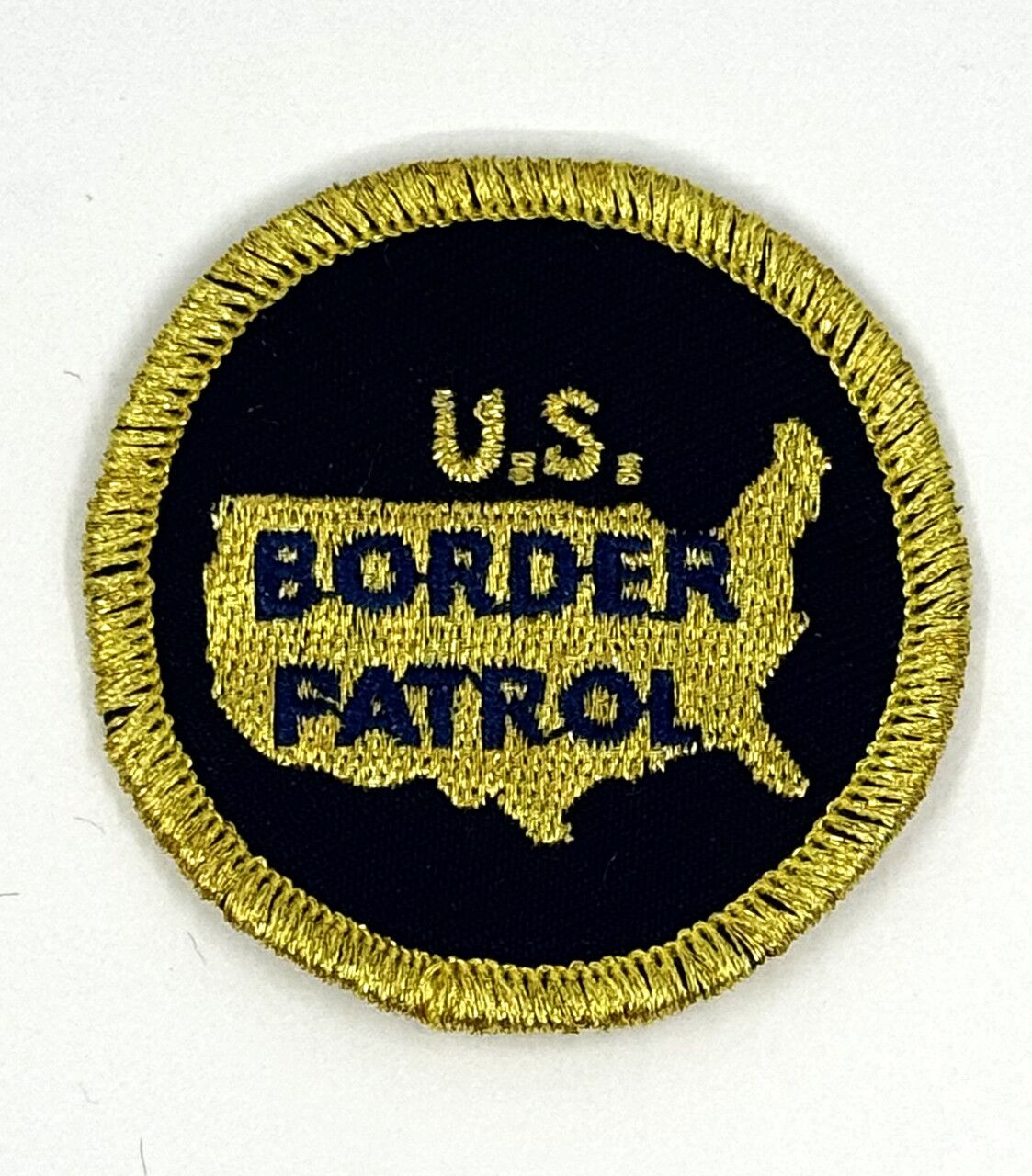
The Immigration Reform and Control Act (IRCA)
Immigration enforcement increased significantly with passage of the Immigration Reform and Control Act, which increased border security measures and, for the first time, instituted penalties for companies that employed unauthorized immigrants.
Passage of the Immigration Reform and Control Act (IRCA) gave amnesty to existing unauthorized immigrants but marked a significant increase in immigration enforcement. This law gave undocumented immigrants a chance to gain legal status in light of the growing problem of unauthorized immigration. Nearly 3 million immigrants, primarily from Latin America, were granted amnesty. At the same time, this law increased border enforcement agencies and cracked down on employers who hired unauthorized immigrants.
The Immigration Reform and Control Act consisted of three key components: tougher border enforcement, penalties for employers who hired unauthorized workers, and legalization for unauthorized immigrants who had been in the US longer than five years. The annual immigration cap was raised to 540,000.
Despite the passage of IRCA, the population of unauthorized immigrants in the US has continued to rise.

